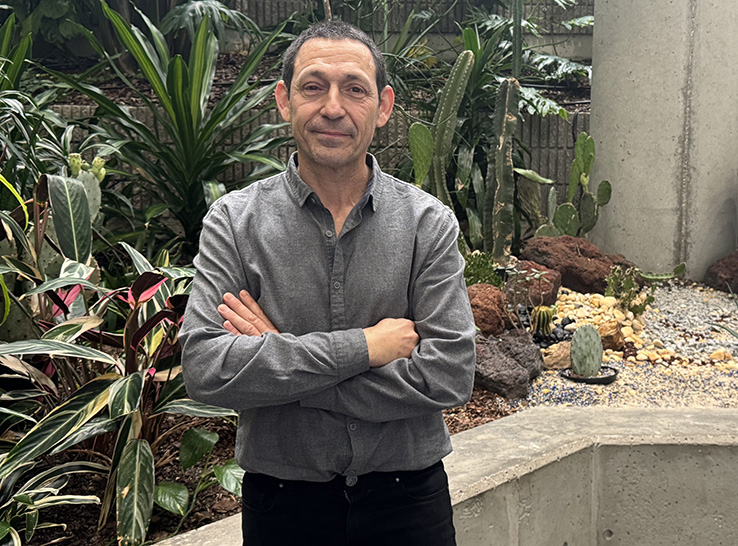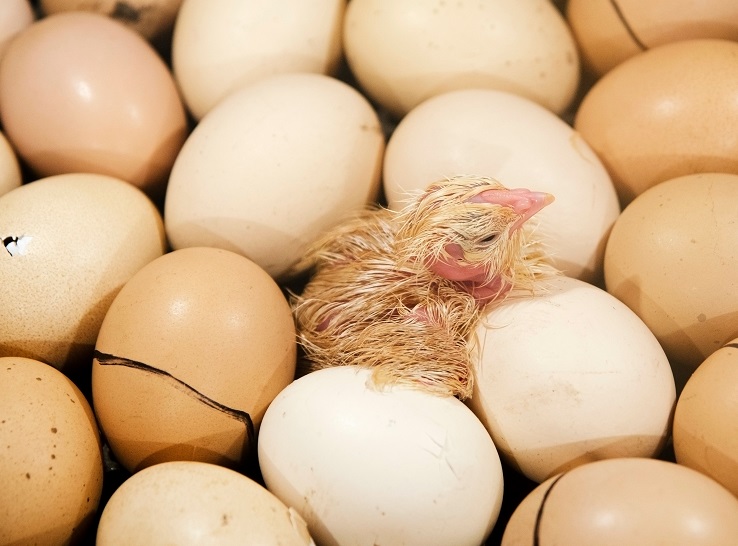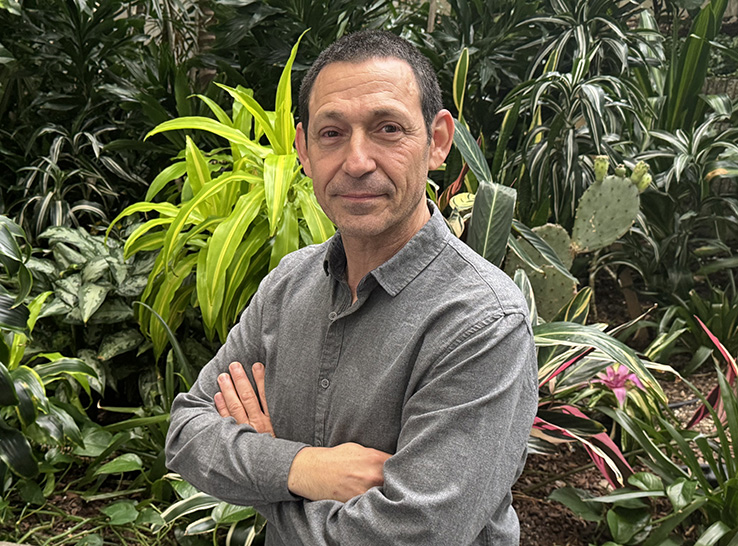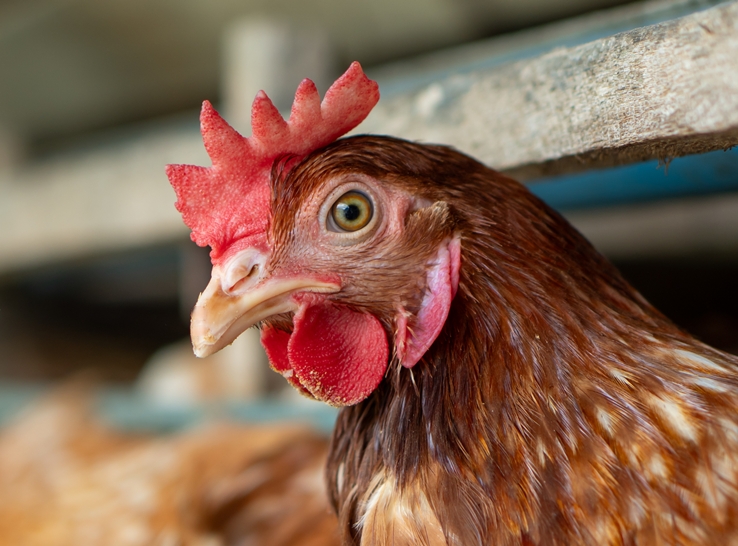A new in ovo sexing technique with a modified genetic trait to hatch only female chicks may someday help eliminate the culling of day-old male chicks. The new technique joins a growing field of in ovo sexing technologies.
According to developer and embryologist Yuval Cinnamon, PhD, the genetically based solution offers many benefits over the other technologies currently on the market.
Cinnamon discusses the new in ovo sexing method during the “Breaking the Shell” episode of the Unplucked podcast, produced by the Poultry Science Association. He is the principal investigator at the Agricultural Research Organization – Volcani Institute and chief scientific officer of NextHen.
Embryo sorters versus genetic solution
Current in ovo sexing technologies identify male eggs before embryo brain waves are detected at 14 to 16 days. These systems rely on DNA sampling with PCR testing or MRI with artificial intelligence to identify male embryos.
Another technology uses light to identify feather color in brown chickens. Egg-sorting equipment then removes eggs containing male embryos, which can be used for feed.
Cinnamon noted that these tests must run on millions of eggs. “All these technologies are very costly and impractical,” he added. “The problem with sorting is that it means mistakes. You kill wanted hens and hatch unwanted males, which is a major drawback.”
In developing the NextHen sexing technique, Cinnamon focused on the maternal Z chromosome that must segregate to form a male.
“If we introduce a genetic trait, which is sex-linked to this chromosome, and this trait prevents the development of every embryo that carries it, then male embryos will stop developing,” he explained. “There will be no males.
“And because this is a genetically based solution, it is 100% accurate and doesn’t require egg sampling, MRI or sophisticated technologies.”
Females with the W chromosome will develop normally and are considered unmodified. “The hens are alive and grow normally to become layer hens,” he added.
Game changer
The work from NextHen is a “game changer,” Cinnamon said. “It is designed to integrate seamlessly into the industry’s workflow. Hatcheries will be able to sort the male eggs very early during incubation and save over 50% of incubation space.
“It saves and eliminates the step of sorting and culling males,” he continued. “The farmers get exactly the same chickens as they get today. The hatcheries will get the same eggs. But at the end of incubation, they get only females.”
Some regulatory and public concern is expected. But Cinnamon said the products themselves — the layer hens and their table eggs — are defined as non-GMO (genetically modified organisms). However, the mother hens are genetically modified, so guidelines will be developed for growing them safely.
Building for the future
“Because our solution is based on genetics, the first step is the creation of a genetic line and then transferring it into breeding-company lines,” Cinnamon explained. “And very few breeding companies supply the entire industry with layers.”
Currently, NextHen plans to start a large-scale demonstration at the level of a commercial hatchery. If this works out well, he said they will start introducing the technology into the breeding-company and genetic lines.
In the meantime, he has another project he’s working on. This one involves a new layer breed that will lay eggs from which broiler chicks will hatch.
“The layers, which are very easy to grow, will be normal layer breeders,” Cinnamon said. “There’s no feed restriction, no spiking of the males, easy management and very long longevity. The eggs they lay are non-GMO, just normal broiler chicks.”
The benefit is improved productivity, which could triple, he added.
For more information on the new in ovo sexing technology, visit “Embryologist eyes blue-light treatment to end male-chick culling.”
To listen to the episode, visit Unplucked.







